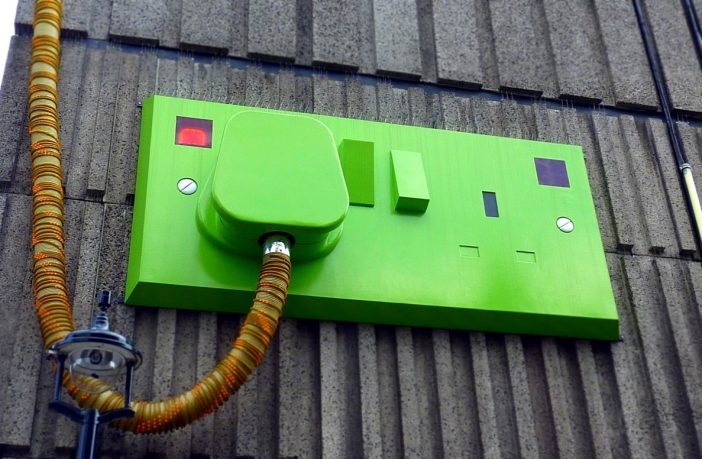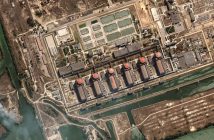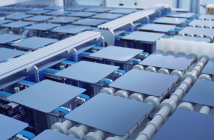- South Africa’s is expected to announce the country’s revised Integrated Resource Plan shortly.
- Nuclear power has been placed on the back burner.
- Decommissioning of aging coal-fired power stations set to go ahead.
- Renewable Energy capacity allocation expected to increase in the new IRP.
South Africa’s Minister of Energy is expected to announce the country’s revised Integrated Resource Plan this coming month (August 2018). Recent events and announcements by both the President and Energy Minister indicate that increase capacity allocation will be given to renewable energy technology.
South Africa’s President, Mr. Cyril Ramaphosa recently held bilateral talks with Russian President Vladimir Putin at the BRICS summit where it was communicated that South Africa’s current economic constraints will not allow the country to continue with the planned nuclear build programme.
The 9 Gigawatt nuclear build programmed was introduced by Ramaphosa’s controversial predecessor, Jacob Zuma. The program has been racked by controversy including allegations of bribes and corruption.
Newly appointed Minster of Energy, Jeff Radebe has recently taken great pains to communicate to the public that decommissioning aging coal-fired power stations is in the best interests of the country. In a recent article, Radebe explains in detail the reasoning behind the decommissioning and the benefits of replacing the lost capacity with renewable technology.
The revised IRP is expected to provide an energy master plan for the country leading up until 2030. With nuclear now firmly ‘not an option for now’ and at least 5 ageing coal-fired power stations (Hendrina, Kriel, Komati, Grootvlei, and Camden) with a combined capacity of 8634Mw set to be decommissioned, it is safely assumed that renewable energy technology will be deployed to pick up the slack plus provide additional output capacity.
Radebe explains that the Independent Power Producers (IPPs) fund their own projects and bear all risks, including the loss of revenue should their plants be delayed or not perform as expected. Eskom does not pay the IPPs until they deliver electricity to the grid.
This is different from the traditional Eskom model in which the consumer pays prior to the “first spade hitting the ground” (as is the case in coal and nuclear build programmes). IPPs do not reflect as a contingent liability on Eskom’s balance sheet and therefore have no negative impact on Eskom. In fact, it gives Eskom certainty regarding an escalation per annum and cost recovery.
So the big question is how much increase capacity allocation will be given to each renewable energy technology? This hard to call but expect a big swing. The previous Integrated Resource Plan’s published under the Zuma led government are marred by miscalculation and controversy and therefore cannot be seen as a reliable reference point.
That said the 2016 revised plan allocated 37 400 MW to wind between 2020 and 2050. Solar PV was allocated 17 600 MW for the same period. At the time these allocations were to be added to the existing allocation of 13 GW of renewable energy by 2025 from the 2010 IRP. The allocations also limited wind to a maximum allocation of 1 600 MW per year while solar PV was allocated 790 MW.
Expect Radebe to make a clean sweep and start from scratch. Rest assured that he and his team will come up with a balanced plan that will be in the best interest of all stakeholders. The swing from coal and nuclear to renewable energy are in line will global trends. The move will go a long way in re-establishing much-needed investor confidence in ESKOM, South Africa’s state-owned utility.
Author: Bryan Groenendaal











